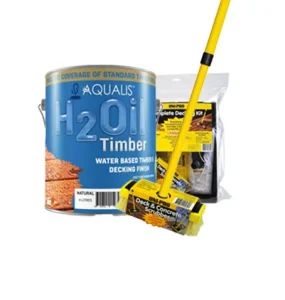- Home
- Application Tools
- Products

Timber Decking & Surfaces
Products By Use
Bamboo Surfaces
Aqualis Product Resources
Composite Decking & Surfaces
Composite Sealer
- Inspiration
- Where to Buy
- FAQ’s & Guides
- Home
- Application Tools
- Products

Timber Decking & Surfaces
Products By Use
Bamboo Surfaces
Aqualis Product Resources
Composite Decking & Surfaces
Composite Sealer
- Inspiration
- Where to Buy
- FAQ’s & Guides
